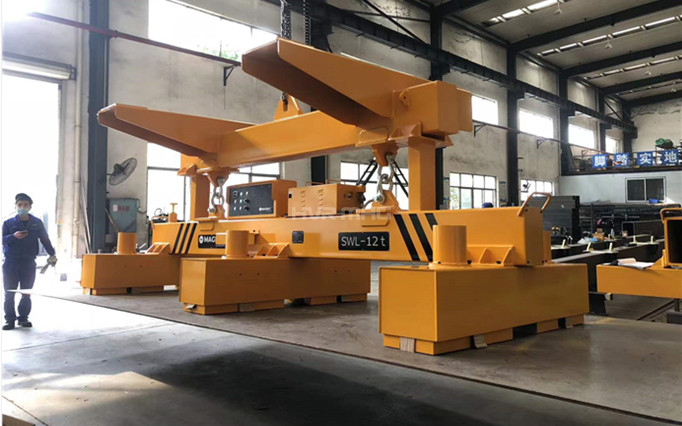In the dynamic and efficiency-driven environment of warehouses, the application of permanent magnets offers a spectrum of innovative solutions that enhance operational efficiency, safety, and inventory management. Permanent magnets, known for their ability to maintain a consistent magnetic force without the need for electrical power, are invaluable in various warehouse tasks. This article explores the versatility and benefits of permanent magnets in warehouse settings, shedding light on how they revolutionize material handling, inventory control, and workplace safety.
Material Handling and Movement
Magnetic Lifters
One of the primary applications of permanent magnets in warehouses is in magnetic lifters. These devices utilize powerful neodymium magnets to securely lift, move, and position ferrous metal objects. Unlike traditional lifting methods, magnetic lifters offer a non-intrusive grip, minimizing damage to materials. They are instrumental in handling heavy loads, from steel plates to finished goods, facilitating smoother and safer operations.
Magnetic Conveyor Systems
Magnetic conveyor systems employ permanent magnets to transport ferrous materials along the production line. These conveyors ensure a stable and reliable movement of parts, even in vertical or inverted tracks, optimizing space and enhancing the efficiency of assembly and packaging lines.
Inventory Management
Magnetic Labels and Signage
Permanent magnets find a crucial application in inventory management through magnetic labels and signage. These flexible magnetic strips can be easily attached, removed, or repositioned on metal shelving units, allowing for a dynamic inventory organization. Unlike adhesive labels, magnetic labels do not leave residue, maintaining the cleanliness and integrity of storage racks. This flexibility is vital in warehouses where inventory layouts frequently change, ensuring accurate and up-to-date labeling of products and locations.
Workplace Safety
Magnetic Sweepers
Maintaining a clean and safe warehouse floor is paramount to preventing accidents and ensuring the smooth operation of material handling equipment. Magnetic sweepers equipped with permanent magnets are used to collect ferrous debris, such as nails, screws, and shavings, from floors. This not only prevents tire damage to forklifts and other vehicles but also reduces the risk of slips, trips, and falls, promoting a safer workplace.
Magnetic Door Holders
In busy warehouse environments, managing door access without obstructing movement can be a challenge. Permanent magnet-based door holders offer a solution by securely holding doors open, facilitating the free flow of personnel, equipment, and goods. These devices can be disengaged quickly in case of emergencies, ensuring compliance with safety regulations.
Energy Efficiency
The use of permanent magnets in warehouses also contributes to energy efficiency. Since these magnets do not require electricity to function, they offer a sustainable alternative to electromechanical devices for lifting, holding, and separating applications. This not only reduces the warehouse’s energy consumption but also minimizes its carbon footprint, aligning with broader environmental sustainability goals.
Conclusion
The application of permanent magnets in warehouse operations introduces a layer of efficiency, safety, and flexibility that traditional methods struggle to match. From enhancing material handling processes with magnetic lifters and conveyors to improving inventory management through repositionable magnetic labels, the benefits are tangible and multifaceted.
Additionally, the role of permanent magnets in promoting workplace safety and energy efficiency further underscores their value in modern warehouse settings.
As warehouses continue to seek innovative solutions to meet the demands of an ever-evolving industry, the adoption of permanent magnet technologies plays a crucial role in driving operational excellence and sustainability.

